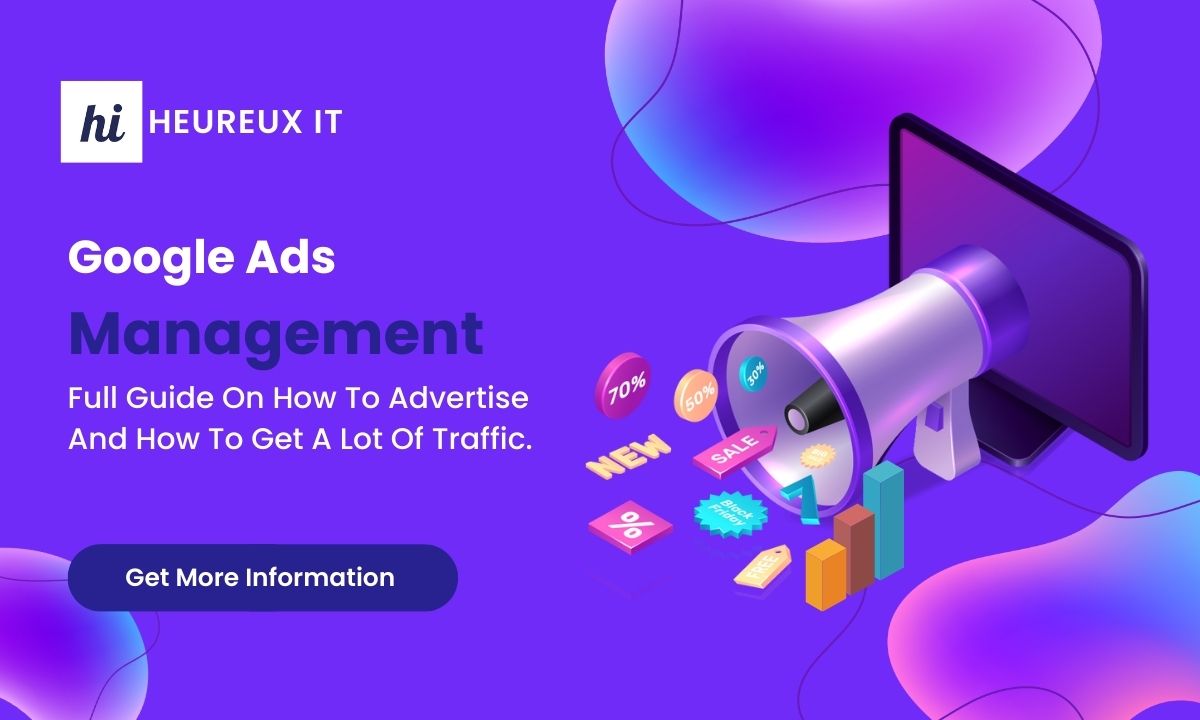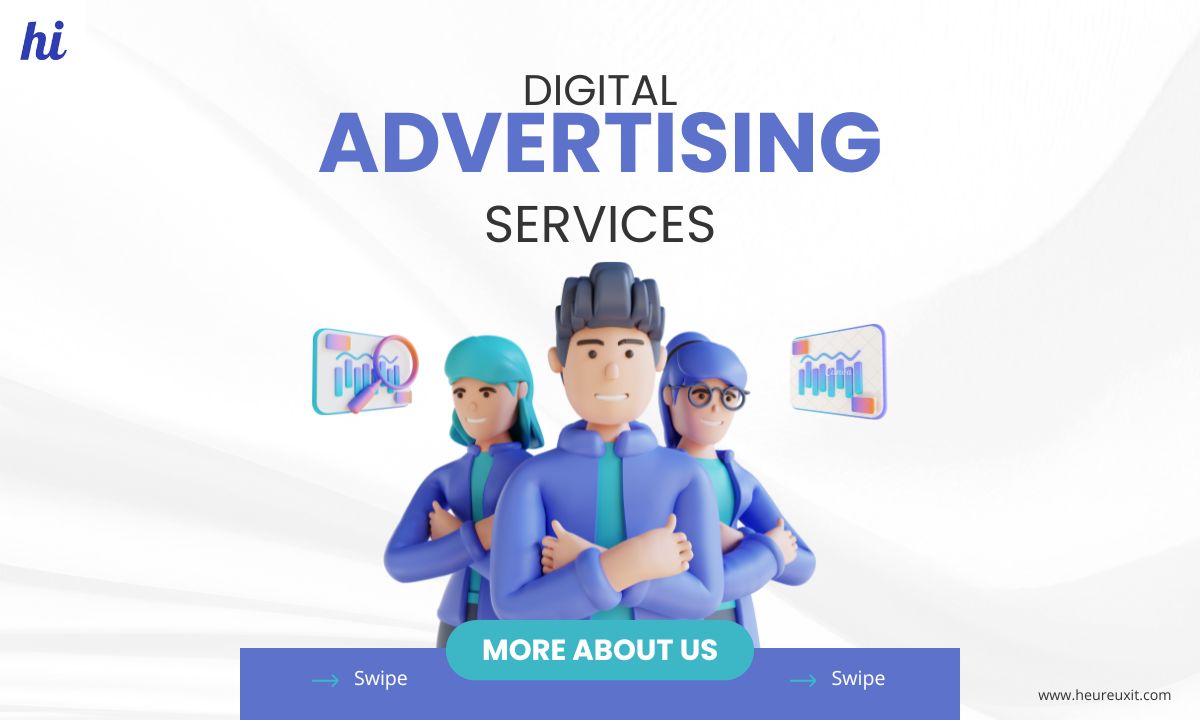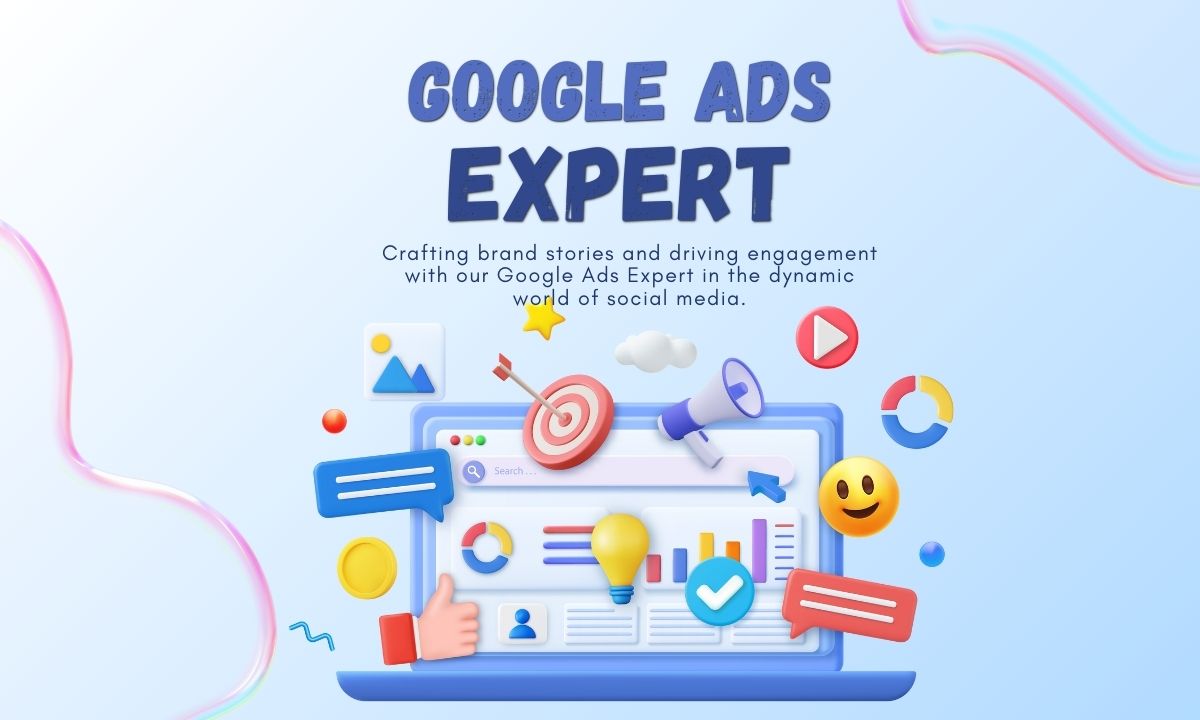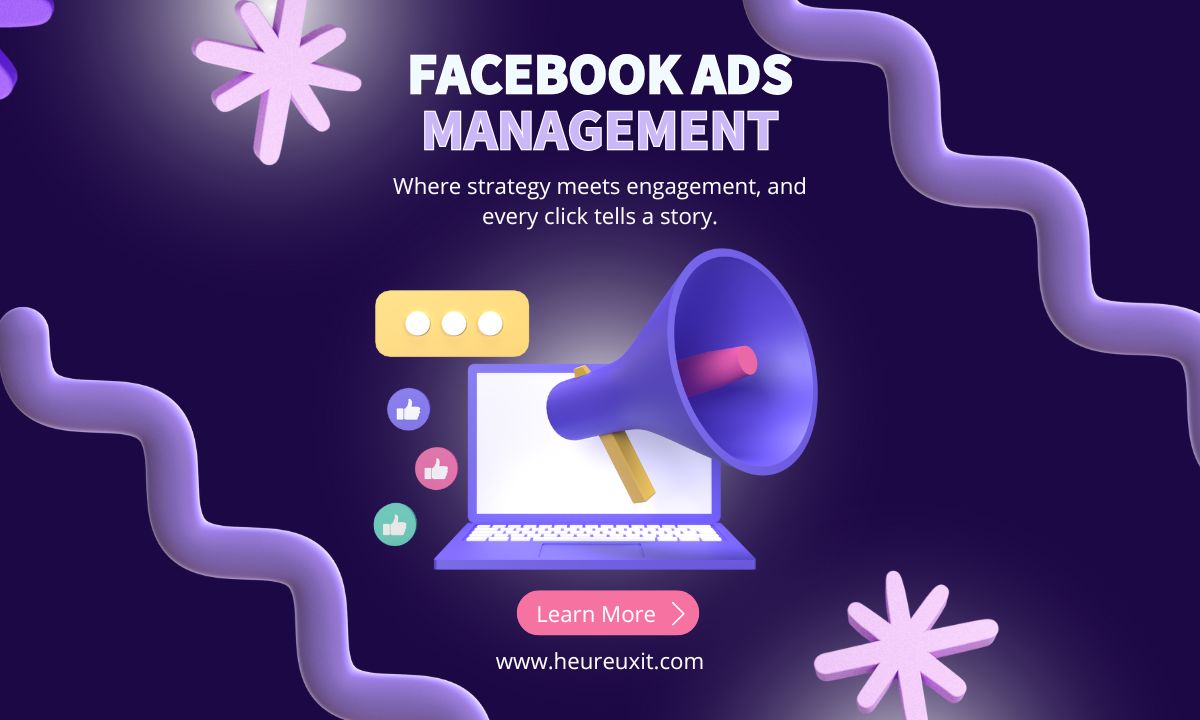Unlocking the Power of PPC Advertising
As a marketer, delving into the realm of paid advertising can be both exciting and daunting. PPC advertising offers a powerful way to reach your target audience, but mastering it requires understanding its fundamentals and implementing effective strategies. In this guide, we’ll explore everything from the basics of PPC advertising to advanced techniques for maximizing your ROI.
Understanding PPC: The Basics
Let’s start with the fundamentals. PPC, short for pay-per-click, is a form of online advertising where advertisers pay a fee each time their ad is clicked. This model allows you to display your ads prominently on search engine results pages (SERPs) or social media platforms, targeting users based on specific keywords or demographics.
The Benefits of PPC Advertising
Why should you consider incorporating PPC Advertising into your marketing strategy? The benefits are manifold:
- Cost-effectiveness: With PPC Advertising, you have full control over your budget, ensuring that you only pay when users engage with your ads, making it a cost-effective option for businesses of all sizes.
- Fast results: Unlike organic methods like SEO, which can take months to yield results, PPC Advertising campaigns can drive immediate traffic to your website, providing fast results for your marketing efforts.
- Targeted advertising: PPC Advertising allows you to precisely target your ideal customers based on factors like keywords, location, interests, and behaviors, ensuring that your ads reach the right audience at the right time.
- Flexibility and control: PPC Advertising platforms offer extensive customization options, allowing you to tailor your campaigns to suit your specific goals and preferences. You can easily adjust ad copy, keywords, and targeting parameters to optimize performance.
- Data-driven insights: PPC Advertising campaigns provide valuable data and insights into user behavior, allowing you to track performance metrics like click-through rates, conversion rates, and return on investment (ROI). This data can inform future marketing strategies and improve overall campaign effectiveness.
Building a Successful PPC Campaign: Step-by-Step Guide
Now that we’ve covered the basics, let’s dive into the steps for creating a successful PPC campaign:
- Set Parameters: Before launching your campaign, define your objectives, target audience, and key performance indicators (KPIs). Determine your budget, campaign duration, and geographic targeting parameters to ensure maximum effectiveness.
- Create Goals and Goal Metrics: Identify specific goals for your campaign, whether it’s driving website traffic, generating leads, or increasing sales. Establish metrics to measure the success of each goal, such as click-through rates, conversion rates, or cost per acquisition (CPA).
- Choose Your Campaign Type: Select the appropriate campaign type based on your objectives and target audience. Options include search ads, display ads, social media ads, remarketing, and Google Shopping ads. Each type offers unique advantages and targeting capabilities.
- Perform Keyword Research: Conduct thorough keyword research to identify relevant keywords and phrases that your target audience is likely to use when searching online. Use keyword research tools like Google Keyword Planner to discover high-performing keywords with low competition.
- Set Up Tracking: Implement tracking mechanisms, such as Google Analytics, to monitor the performance of your PPC campaigns. Track key metrics like clicks, conversions, and ROI to evaluate campaign effectiveness and make data-driven decisions.
Best Practices for a Successful PPC Strategy
To maximize the impact of your PPC campaigns, follow these best practices:
- Write Compelling Ad Copy: Craft persuasive ad copy that grabs attention, highlights your unique selling points, and includes a clear call-to-action (CTA). Tailor your messaging to match user intent and relevance to the search query.
- Optimize Your Landing Pages: Design optimized landing pages that align with your ad copy and offer a seamless user experience. Ensure that your landing pages are mobile-friendly, fast-loading, and contain relevant content and CTAs to encourage conversions.
- A/B Test Your Ads: Continuously test different ad variations to identify the most effective messaging, imagery, and CTAs. Experiment with different headlines, descriptions, and visual elements to optimize ad performance and maximize ROI.
- Maximize ROI: Focus on maximizing your return on investment (ROI) by optimizing campaign targeting, bidding strategies, and ad placements. Monitor campaign performance closely and adjust your strategy based on real-time data and insights.
Conclusion
In conclusion, PPC marketing offers a powerful way to drive targeted traffic, generate leads, and increase sales for your business. By understanding the basics of PPC advertising and implementing effective strategies, you can create successful campaigns that deliver tangible results. Follow the steps outlined in this guide and leverage best practices to master the art of PPC marketing and achieve your marketing goals .







